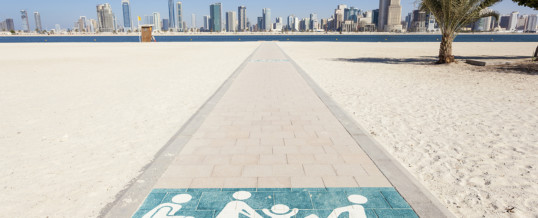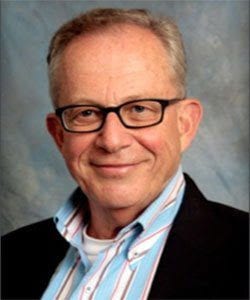
Today we are sharing a wonderful blog from the founder of TravelAbility Summit, Jake Steinman. 
“TravelAbility Summit, the inaugural gathering of industry professionals dedicated to improving travel experiences for people with disabilities that will be held in San Francisco November 11-13th, is releasing the names of 50 technologies, products, and services that will help the travel industry level-up their accessibility. The 50 final products make travel easier for all and were based on the feedback of people with disabilities, technical experts and disability industry leaders.
Through the process of vetting 200 products, we learned an important lesson: There is no one product that works for everyone, which is overwhelming. But there is a common need for trusted advice. That’s where we knew we could help.
The number one question we get from the travel industry is, how do I get started—and do it on a budget? Our advice is to start anywhere—hack the system and try whatever you think will work best for your hotel, destination, attraction or museum.
The hacks are an eclectic mix of tools and devices that range from a portable wheelchair ramp to a free app with 2 million volunteers who can become the ‘eyes’ of a traveler who is visually impaired. There are also larger, business-oriented hacks, such as TravelTripper, a platform for making a hotel’s booking and browsing experiences more accessible. The travel market is already exploding with requests for more accessible ways to book rooms, see cities and set out on adventures without barriers. When you have to get started somewhere, you get creative. The 50 Hacks is a great place to do both of those things.
For those who may be skeptical, the hotel or attraction that has thought ahead to meet the needs of a person with a disability will find the most loyal customers the travel industry could have—and we’ve hacked the process for you.
A final word about our methodology: Four members of our team examined websites and/or conducted interviews with executives over a 7-month period; conducted interviews with several special needs travel agents, media, and members of the disability and travel communities, often in-person at conferences and expo trade events. Additionally, we crowdsourced input and recommendations from the most popular disability media and blog posts using a series of Google keyword alerts. The team also had in-depth discussions with flight attendants, airport wheelchair attendants and travelers who have disabilities who used the products themselves.
For a full list of hacks to help you get started on your accessibility journey, click here. “
AUG